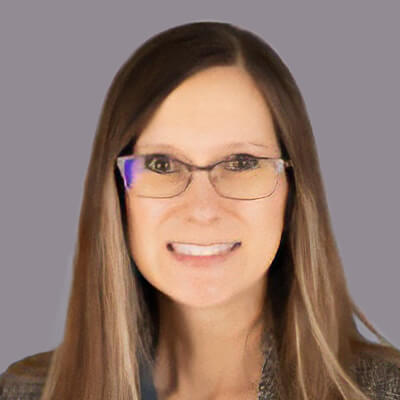Upper Endoscopy (EGD)
An upper endoscopy is a minimally invasive procedure that allows doctors to examine and diagnose issues in the upper digestive tract.


What to expect during an upper endoscopy
An upper endoscopy, also known as esophagogastroduodenoscopy (EGD), is a minimally invasive procedure. A thin, flexible tube equipped with a camera is gently inserted through the mouth and navigates its way down the esophagus, stomach, and the first part of the small intestine (duodenum). The camera transmits live images onto a screen, allowing doctors to examine the lining of these organs for abnormalities. This usually takes under 10 minutes, and patients are lightly sedated for comfort.
What can an upper endoscopy detect?
An upper endoscopy helps identify the causes of symptoms such as:
-
Acid reflux and heartburn (GERD): Detects inflammation, ulcers, or other damage in the esophagus caused by stomach acid.
-
Unexplained weight loss: Identifies tumors, narrowing of the esophagus (strictures), or other abnormalities.
-
Persistent nausea or vomiting: Reveals ulcers, inflammation, or blockages.
-
Difficulty swallowing (dysphagia): Finds causes such as esophageal strictures, tumors, or even neurological problems.
-
Bleeding: Locates sources of blood in stool including ulcers, enlarged veins in the esophagus, or tumors.
-
Unexplained abdominal pain: Detects ulcers, inflammation, or other irritation.
-
Anemia: Evaluates whether chronic bleeding in the digestive tract is contributing.
-
Hiatal hernia: Confirms presence and severity, often linked with heartburn/GERD.
-
Cancer risk: Screens patients with a family history of esophageal or stomach cancer.
Benefits, Limitations, and Risks
An upper endoscopy provides valuable insight into digestive health and allows biopsies or minor treatments during the same procedure. However, it is limited to the upper digestive tract, and additional testing may be needed based on results. Complications are rare but may include bleeding, infection, perforation, or missed lesions. Your care team will explain all risks and ensure the procedure is appropriate for your needs.
Next Steps
If you’re experiencing symptoms such as persistent heartburn, unexplained weight loss, or difficulty swallowing, talk to your primary care provider. They can determine whether an upper endoscopy is right for you.





